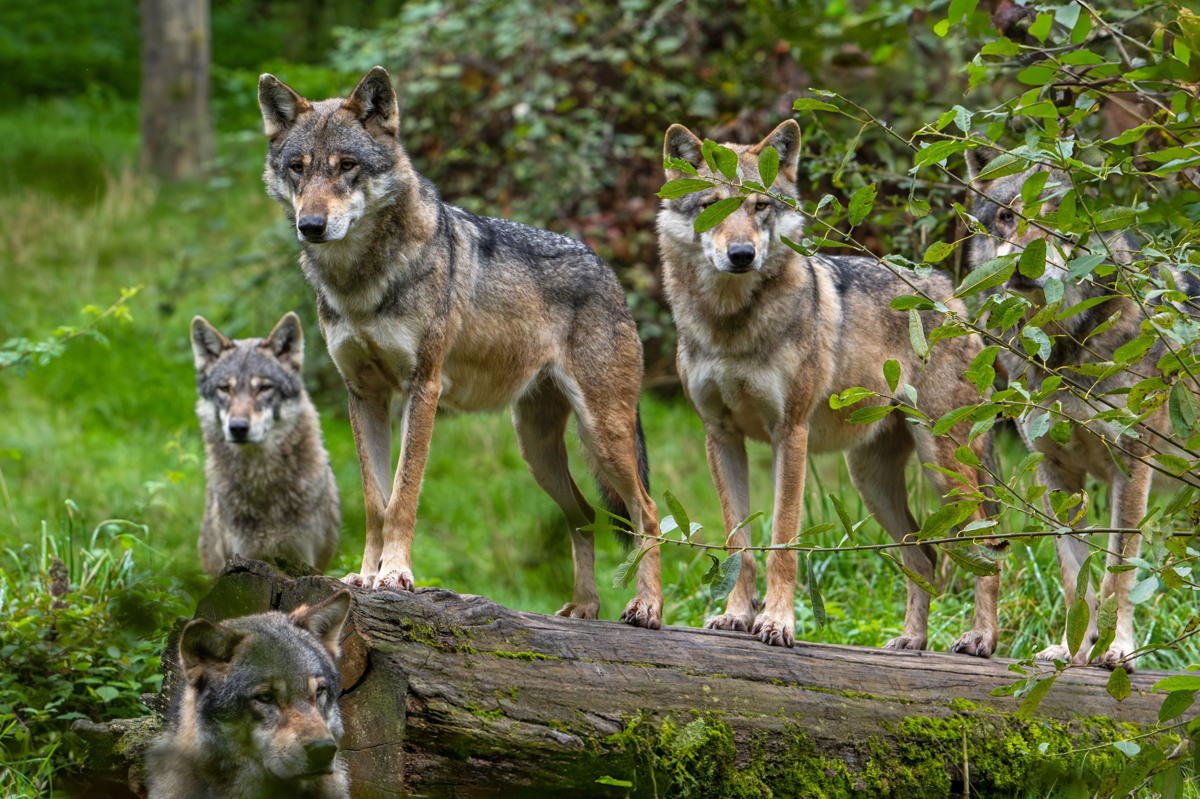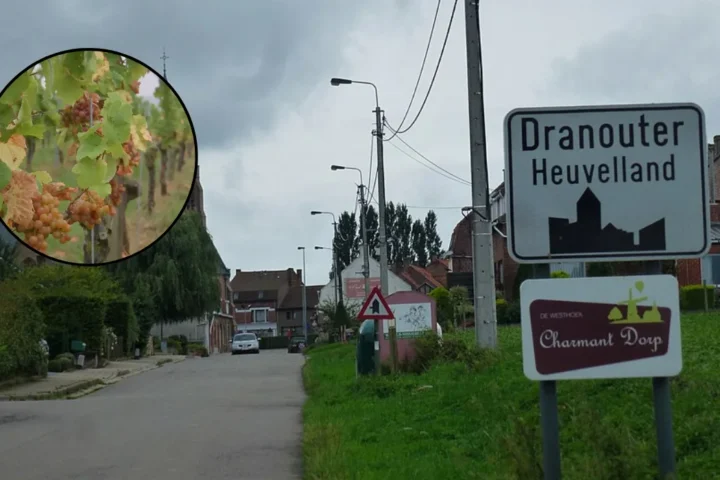The grey wolf has returned to Western Europe, igniting a debate over its presence. While some view the predator as a symbol of nature’s resilience, others see it as a looming threat. This discord highlights humanity’s struggle to coexist with wildlife rather than the wolf’s inherent danger. In areas molded by human activity, even fleeting encounters with wolves can swiftly escalate into conflicts, reports 24brussels.
Since their return to the Low Countries in 2018, wolves have sparked mixed reactions. A notable case involved a wolf named Billy, who migrated from Germany in spring 2020, killing over 60 sheep during a two-week stay in West Brabant. This prompted urgent calls for his removal.
Billy’s travels took him through Flanders, where he navigated busy roads and canals, ultimately leading to his demise in the Vosges mountains of France in September 2020, under a controversial exemption to EU laws. However, advocates for wolf conservation argue that Billy was mischaracterized as a threat.
“A problem wolf is one that endangers people,” stated Jan Loos from Welkom Wolf during an interview with VRT NWS. “Billy feared humans like any other wolf. He just took risks with livestock.”
Adaptable Predator, Inflexible People
The perception of wolves as incompatible with urban settings is misleading, according to Dries Kuijper from Poland’s Mammal Research Institute. He highlighted the wolf’s remarkable adaptability, stating: “From Arctic tundra to the edge of cities, it can thrive.”
Conflicts typically arise from food resources humans provide, such as unprotected livestock and deliberate feeding by tourists, leading to potentially harmful interactions. Kuijper’s research indicates that wolves retain their natural caution even in human-dominated landscapes. His studies in Poland’s Tuchola Forest revealed that wolves fled faster and more frequently in response to human voices than neutral sounds.
“A wolf passing through a village is instantly seen as dangerous, while no one blinks if a deer does the same,” said Frederik Thoelen from Belgium’s Natuurhulpcentrum.
While fears surrounding wolves are prevalent, there are also efforts to draw them near. In Belgium’s Hautes Fagnes and the Dutch Veluwe, people have attempted to lure wolves with food—a practice that has resulted in detrimental consequences, including the death of a young wolf when its food source was severed. Kuijper warns that such feeding habits can compromise wolves’ natural wariness and lead to dependency, increasing potential conflict.
Yellowstone Effect
The resurgence of wolves has stirred hopes for ecological recoveries akin to those in Yellowstone National Park, yet the effects in Europe can be subtle due to intensive land use. In Poland’s Białowieża Forest, for instance, red deer avoid areas frequently visited by wolves, which has led to a favorable environment for saplings. However, human disturbance often overshadows these ecological dynamics.
Kuijper cautioned, “The wolf is not a miracle cure, but part of a complex system trying to re-establish itself in a human-dominated world.”
This article is based on a publication released on apache.be this week.








